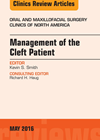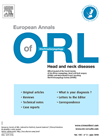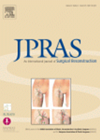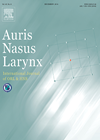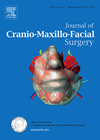
Journal Reviews
Cosmesis of the nose in cleft lip and palate
The cleft nose is one of the most challenging pathologies for rhinologists and facial plastic surgeons to address. The combination of architectural deformity (related to the extent of lip deformity) and scarring from previous surgery combine to cause the surgical...
Aerosols and polypi
Infection in the operative cavities after endoscopic sinus surgery for sinonasal polyposis leads to recurrence of symptoms and mucopurulent discharge. The usual therapies include systemic antibiotics sometimes with steroids. The authors hypothesised that the use of a topical antimicrobial (tobramycin...
Nasal deformity following CPAP injury
Nasal continuous positive airway pressure (nCPAP) is commonly used as a non-invasive alternative to endotracheal intubation and tracheotomy to provide respiratory support to very low birth weight (VLBW) (<1500 g) neonates. Nasal injury is a well recognised complication and figures...
A new septoplasty technique
This article describes a novel septoplasty technique to correct a cartilaginous deflection. Although it took a while to understand it as the operative photographs were not very helpful it is an interesting concept. The author excises an inferior strip and...
Extranodal natural killer / T-cell lymphoma in the head and neck
The authors present a retrospective single institution review of patients with a very rare variant of non-Hodgkin lymphomas (NHL). They report on the occurrence, clinical course and outcomes of their patients with natural killer / T-cell lymphoma (NKTCL) nasal type....

